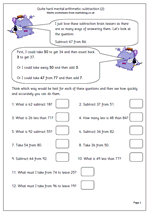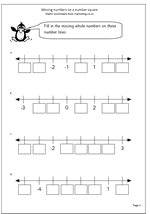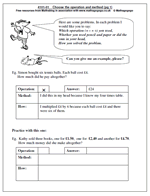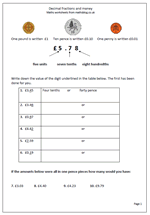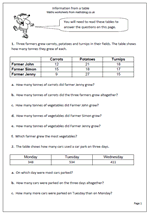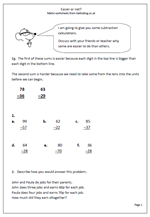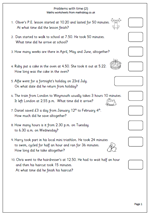This is the second page of ‘quite hard’ subtraction questions for year 4, which should be answered using mental arithmetic methods, although many adults would struggle to reach the correct answers: they really are quite hard!
Once again it shows that there are several possible ways to approach each question; the key is to choose a method which is efficient and quick. For example, they can all be done by counting on, but this may well not be the quickest way and it is speed and accuracy that we are looking for.
It is also always a really good idea to check answers by carrying out the inverse operation; in this case an addition of the answer and smallest number should give the largest number.
This, and other similar pages can be found in our Year 4 Calculations category as well as in the Four Rules section.
